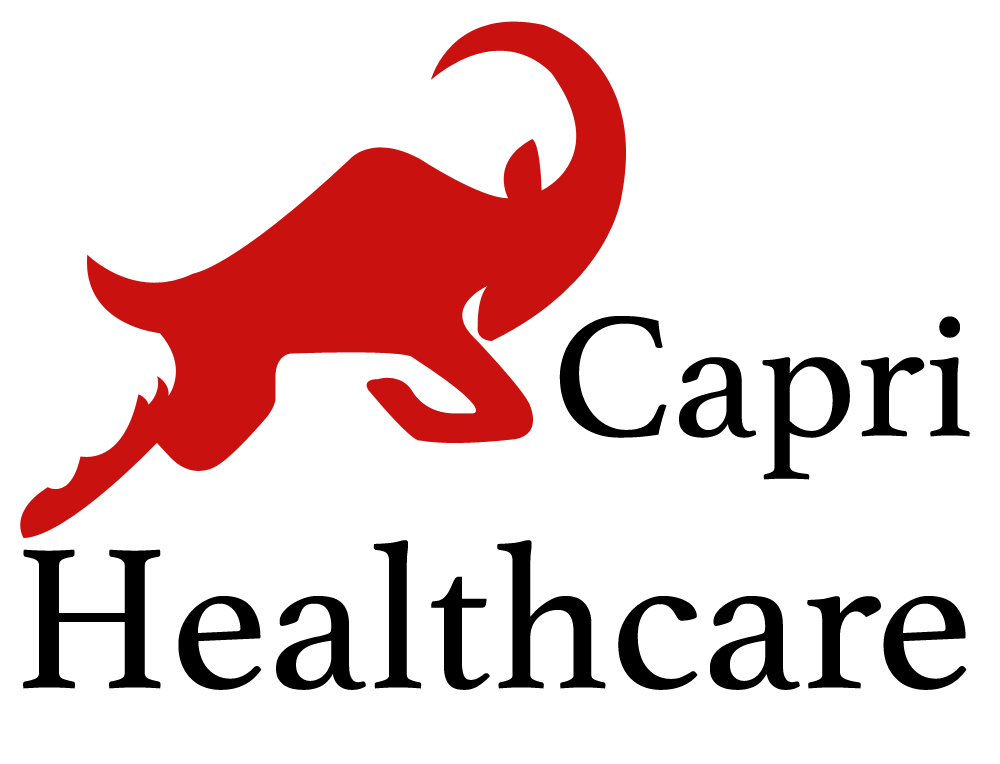
Overview
An Artificial intelligence-assisted, clinician-to-clinician solution to process referrals into pre-determined pathways of care, send feedback & tailored clinical advice to the referrer and advice related to administrative tasks. Available on Mobile and Web apps to referrers, referees, admin staff and patients. InsightHub with a dashboard, interactive reports and predictive analytics.
Features
See how TriVice empowers healthcare professionals with next-level decision-making tools. Explore how this AI-powered platform can
transform your practice.
User registration, secure login and User administration
User registration, secure login, and user administration provide a secure platform for managing accounts. Users can easily register and log in through password protection or multi-factor authentication. Administrators can manage roles, control access, and ensure only authorised users reach sensitive areas. Features include password reset options and alerts for unusual activity, improving security and user management across the system. These functions guarantee a safe, user-friendly environment, tailored to the needs of both users and administrators.
Ability to triage and capture patient's condition
The ability to triage and capture a patient’s condition allows healthcare providers to assess urgency and determine the appropriate care pathway. Clinicians can gather critical patient information, including symptoms, medical history, and current condition, through structured input forms or direct assessments. This data helps prioritise cases based on severity, ensuring timely treatment. Additionally, the system records and stores this information securely, enabling consistent updates and monitoring throughout the patient’s care journey, improving both decision-making and overall patient outcomes.
Ability to submit a referral form/referral management
The ability to submit a referral form and manage referrals streamlines the referral process for clinicians. Users can complete and submit forms with detailed patient information and relevant documents, ensuring accurate and efficient referrals to specialists or other departments. Referral management systems track submissions, monitor progress, and provide status updates, enabling seamless communication between referrers and referees. This ensures that referrals are processed in a timely manner, improving care coordination and reducing administrative delays while enhancing the overall patient experience.
Ability to upload & transfer files and images securely
The ability to upload and transfer files and images securely ensures that sensitive patient data is protected during the referral process. Users can easily attach relevant documents, such as medical records or imaging results, directly to referral forms. The system employs encryption and secure protocols to safeguard data during transfer, minimising the risk of breaches. This feature enhances communication between healthcare providers while maintaining compliance with data protection regulations, ultimately improving care coordination and patient outcomes by ensuring that all necessary information is readily available.
Ability to capture patient/parent consent
The ability to capture patient or parent consent is crucial for ensuring that all necessary permissions are obtained before sharing sensitive medical information or initiating treatment. This feature allows healthcare providers to securely collect and document consent through electronic forms, ensuring clarity and compliance with legal and ethical standards. The system can also record specific consent details, such as the scope of sharing and duration, facilitating transparency and trust between patients, parents, and healthcare professionals while protecting patient rights throughout the care process.
Other features
- Ability to integrate with EHR, theater and bed booking
- Provide advice and guidance based on condition presented
- Status notifications and reporting dashboard
- Mobile and web enabled including NHS PDS services
- Status tracking and patient instructions
Benefits
Easy and quick access to early triage
Easy and quick access to early triage significantly enhances patient care by allowing healthcare providers to promptly assess and prioritise patient needs. This efficient system reduces waiting times, enabling faster diagnosis and treatment. Additionally, streamlined triage improves resource allocation, ensuring that patients receive timely interventions. Overall, this leads to better health outcomes and a more efficient healthcare experience for both patients and providers.
Reduces burden on clinical staff
The system significantly reduces the burden on clinical staff by minimising the number of phone calls they need to handle. By streamlining communication and enabling patients to submit requests or inquiries electronically, staff can focus on providing care rather than managing administrative tasks. This leads to increased efficiency, allowing clinicians to allocate more time to patient care, ultimately improving overall service quality and reducing burnout among healthcare professionals.
Adopts to any medical speciality
Better utilisation of clinicians’ time enhances healthcare efficiency by allowing them to focus on patient care rather than administrative tasks. By streamlining processes such as referrals and communication, clinicians can allocate more time to assessments and treatments. This optimised workflow not only improves job satisfaction for healthcare professionals but also enhances patient outcomes, as quicker access to care is facilitated. Overall, this leads to a more effective healthcare delivery system that benefits both patients and providers.
Cost savings
Cost savings are achieved through increased operational efficiency and reduced administrative burdens. By streamlining processes, such as referrals and patient communication, healthcare providers can lower staffing costs and minimise unnecessary procedures. Improved time management allows clinicians to see more patients without compromising care quality. Additionally, enhanced patient outcomes lead to fewer complications and hospitalisations, further reducing healthcare expenses. Overall, these savings contribute to a more sustainable and effective healthcare system, benefiting both providers and patients alike.
Process streamlining and minimise human errors
Process streamlining significantly minimises human errors by automating repetitive tasks and standardising workflows. This ensures that procedures are followed consistently, reducing the likelihood of mistakes caused by miscommunication or oversight. With clear guidelines and automated checks in place, healthcare professionals can focus on patient care rather than administrative details. Improved accuracy leads to better patient outcomes and enhanced operational efficiency, creating a more reliable healthcare system that benefits both providers and patients by fostering trust and reducing the risk of complications.
Other features
- Better utilisation of clinicians time
- Happier staff and happier patients
- Better patient experience and faster treatment
- Advice and guidance on demand
- Integrates well with many NHS services, GPs and community
Case study
NHS Foundation Trust explains how a new AI-powered triage system has delivered me and efficiency savings for healthcare professionals and patients providing and accessing plastic surgery services and offers a model for modernised triage across every NHS specialist department.

